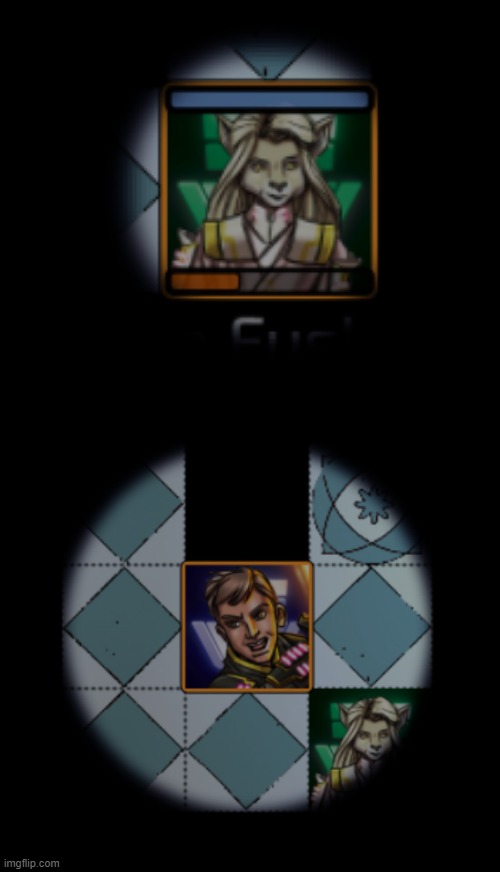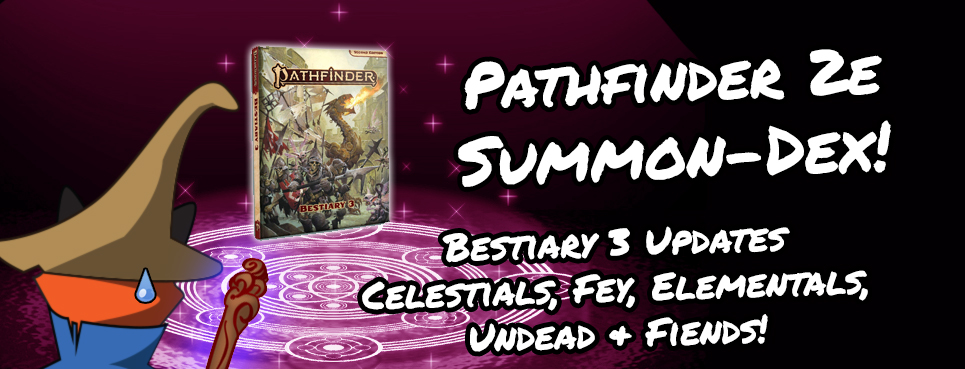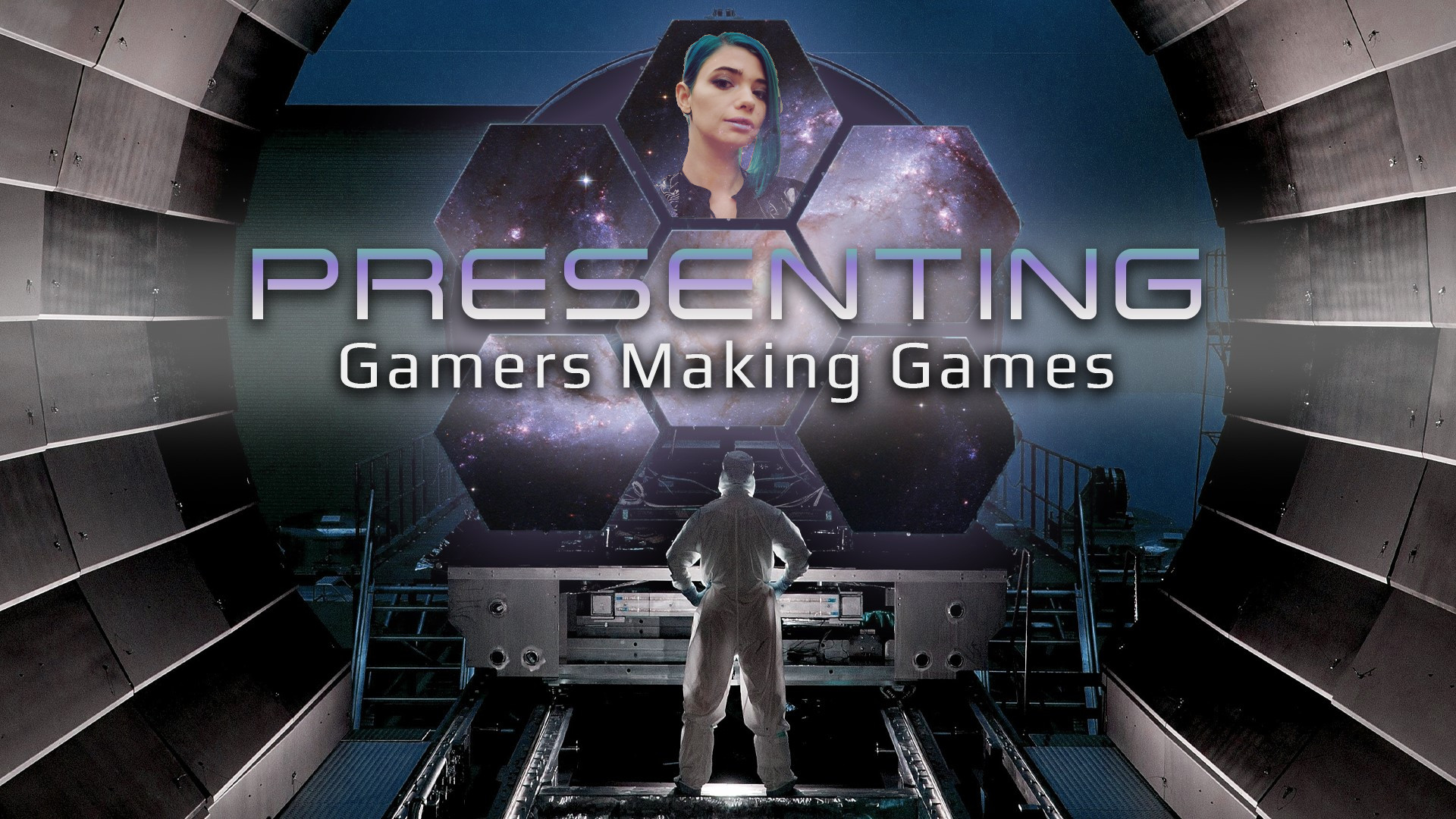Hello, and welcome to Guidance! As many of you know, I’ve been running a Starfinder homebrew campaign called Teenaged Wasteland that’s been featured a few times on the Know Direction Network already. I’ve written a few articles, done a few Geek Togethers where I’ve put maps together, and so on. Today, I want to talk a bit more about Teenaged Wasteland; specifically about a dungeon I just ran for the group last weekend, the Vault of Moonlight because I did some tricks with the Virtual Tabletop (VTT) format that I think are pretty neat, and I’d love to share them with you!
A Foreword Statement
Before I start getting too in-depth with my story, here’s some stuff to know:
- Teenaged Wasteland is run using the Starfinder RPG. It’s set in the Blood Space Campaign Setting, which I publish through Everybody Games with Rogue Genius Games.
- In Teenaged Wasteland, there’s a demigod named Tsukukitsu. He was a lowly kami whose ward was the light of the full moon that shone over a specific mountain called Mount Lumia, so he wasn’t very powerful initially. He became a demigod after he sealed a pact with Shigerata Fushimi, a kitsune who led a group of settlers that had nestled themselves in the arctic foothills of Mount Lumia. With the kami’s blessing the clan thrived, and as the clan grow Tsukukitsu grew in power, eventually elevating him into a type of demigod called a kami lord. Since then, Tsukukitsu has taken Lumian kitsune who descend from Shigerata an avatars whose souls reincarnate through their own family bloodline. Currently there are four avatar souls, and all but one of them is a PC.
- The Vault of Moonlight is a sepulcher that houses the bodies of fallen avatars of Tsukukitsu. The players travelled to the vault because they discovered that the villain, who’s the fourth avatar soul of Tsukukitsu, apparently hid a blade that could kill oni within the vault, and since that fourth avatar soul became an oni, the players are very interested in having a weapon they could use to strike down their foe.
- A kami loyal to Tsukukitsu claims the Vault of Moonlight as its ward, and while the kami can effortlessly travel throughout the vault and entomb fallen avatars there without much difficulty, mortals that wish to visit the sepulcher have to pass four trials of Tsukukitsu, each one representing a specific aspect of Tsukukitsu’s divine domain. Those domains are community, emotion, illusion, and youth. The Trial of Youth was a relatively straightforward, “Get to this one spot in the room and pass three consecutive skill checks while statues try to rip you off the pedestal and dunk you in the fountain of youth,” and while that’s super cool it wasn’t really something I couldn’t have done in-person. So instead, I’m going to talk the three areas I designed that REALLY needed VTT to shine.
Area 1: The Trial of Community
One of the areas where the Teenaged Wasteland players struggled in-character was working together as a group, and considering Tsukukitsu is a deity of community I knew that I needed to make this room special. So I designed a trust-fall scenario. Essentially, players would enter the chamber by the northern platform (it’s teal with white diamonds), and that platform is surrounded by a wall. As a result, the players couldn’t see into the chamber. I randomly created an order for the players to be assigned that looks like this:
- E guides H and is guided by Y.
- C guides R and is guided by S.
- H guides S and is guided by E.
- L guides Y and is guided by R.
- R guides L and is guided by C.
- S guides H and is guided by Y.
- Y guides E and is guided by L.
Then once I had an order, I asked for volunteers that wanted to do the challenge first. When a player agreed, I deleted their “normal” token and replaced it with a “blind” token that had its vision values limited to 1. As a result, they couldn’t even see a full Square in front of them. From there, all I needed to do was explain three rules: a guided player “escaped” the maze when their space touched the square that is teal with a white diamond on the inside, guides can’t move more than 10 feet from whomever they’re guiding, but otherwise can move as though they were seeing through an arcane eye spell, and that if a “blind” character moved off of the path for any reason, they had to make a Reflex save or fall. (Falling caused the character to lose 1d3 years of age, which is kinda a lot when you’re only 16 to begin with.) Luckily only one person fell, but it was great to watch these characters have to work together to ensure their safety and the safety of others. Hooray!
- The Trial of Community.
- In the top Image, Y is set to blind and L is set to Guide.
Area 2: The Trial of Emotion
The trial of emotion was a TON of fun. In Foundry, I designed it so there were six kitsune busts on the wall, each fixed in one of six basic emotions: anger, disgust, fear, joy, sadness, and surprise. Each bust had a cool glowy effect around it in a color that corresponded to the emotion (red for anger, green for disgust, yellow for fear, pink for joy, blue for sadness, and purple for surprise. A mirror in the room worked like an ordinary mirror, but when the players looked into it they could see an emotion on each PC’s face that corresponded to one of the statues. The players figured out on their own that they had to go to the statue that matched their emotion and make that expression; when they did, I turned the lighting effects off for that statue and reduced the brightness of the room’s glow by 1/6th until all the emotions were extinguished and the door to the next chamber opened. Simple, but pretty fun!

Area 3: The Trial of Illusion
The final area, and one of the ones I’m most proud of, is the trial of illusion. At its core, the trial is very simple. I literally sat down and made a maze, then I programmed that maze for dynamic lighting. It took forever, but it basically let me shut up and let my players traverse the maze. In the dark. It was a TON of fun to watch them assign lightning effects and try to move about the maze. At one point, one of my players decided to just AFK and let the other players handle the maze. When she got back, I was like, “Nah dawg, everyone’s gotta walk themselves through the maze.” She did the walk of shame; we RPed it as the character having gotten hopelessly lost. Meanwhile, the other PCs discovered a secret spa for kami elsewhere in the maze and RPed hanging out there until he finally found his way out.
You might be wondering what the kitsune bust in the maze is for. Basically, it was placed behind a secret door to curse anyone who opened the door as a trick, but it got bored and spent the entire trial shouting at the players, begging them to open the secret door. They did, it shouted, “Great, now I get to curse ya!” and they promptly slammed the door in its face and nothing happened. Hooray?
Finally, you’ll see the small, secret passage to the center-north of the room. That was a secret door that unlocked when the players finished all four trials. However, the door didn’t just opened; it unlocked. They still had to find the door. One of the kami gave them the clue—all doors in the shrine have plain tiles that lead out from the rooms into the next chamber, so look for the place where the pattern breaks. My players then immediately went BACK into the room and tried to find the place where the secret door was hidden. Eventually one of them figured out that the perimeter of all the rooms was outlined in diamond tiles EXCEPT where the entrances to rooms where, and they used that to find out where the secret door was. Hooray, they did it!
- This is what the maze looked like to me, as the GM.
- This is what the maze looks like in Foundry VTT with its “walls” showing. Those walls basically blocked vision and light, so the players handly had any idea where they were going. It was really, really fantastic!
In Conclusion,
I know this year has been really difficult for many of us gamers. We miss playing face-to-face, seeing each other’s expressions and emotions, laughing as we play together and make memories together. Virtual Tabletop certainly can’t replace the in-person experience, but I also think that there are adventures that we can do in Virtual Tabletop that are impossible (or very difficult / resource intensive) in person. I could not have built a maze and had my players navigate it in-person; mazes simply don’t work on a map because you can’t remove the bird’s eye view at the table, and while you could theoretically cover the maze strategically with paper or other items, it would be insanely difficult. If you take the time to learn your VTT’s tools, however, you can tell stories and build encounters and challenges with Virtual Tabletop that would otherwise be impossible in-person. For as long as we remain socially distant gamers, I recommend to take a look at your favorite tools and challenge yourself to build creative, innovative encounters with them.
Until next time, I’m Alexander Augunas the Everyman Gamer signing out!










